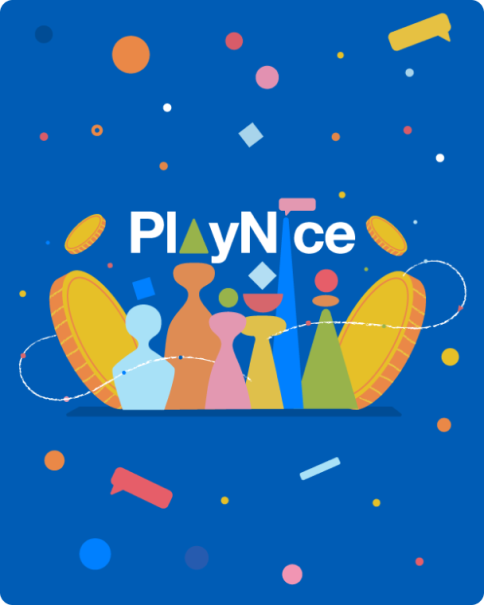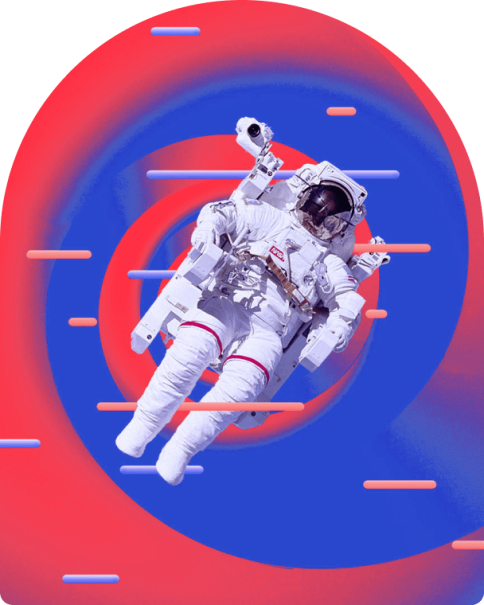Navigate continuous transformation
We observe how new solutions influence organisations, recognising their ongoing evolution and the often unseen effects they bring. We carefully attend to obvious and hidden substrates shaped by organisational culture and individual needs.
Helping your transition to the next phase.

Organizations face significant challenges as markets evolve rapidly and people’s expectations shift. Structure alone is no longer enough to navigate this complexity; identity, belonging, and culture are what truly bind organizations together.
Leadership must manage these tensions creating a solid foundation with focus on flexibility, adaptability, trust, and shared purpose. At the heart of this transformation is a need to listen deeply to people’s needs and foster a culture that engages and attracts individuals who share common values.
The organization’s operating system, its infrastructure, and rules, must also evolve to support this ongoing change.
Organizational Design
Strategically evolve operating models by designing agile frameworks that strengthen organizational balance. By reshaping organizational models, redesigning processes, and optimizing ways of working, organizations are better positioned to grow amidst continuous change. Helping organizations establish resilient systems for sustainable transformation.
People Development
Embrace human potential and empower a culturally diverse ecosystem to foster sustainable individual growth. Through training and skills development, mindset and culture shifts, and a focus on performance and talent, organizations build an environment that nurtures long-term growth. Helping organizations create empowered, high-performing teams that drive sustainable progress.
Change Management
Facilitate key transformation moments with engaging and creative approaches to ensure smooth and lasting adoption. By focusing on people engagement strategy, internal communication, and adoption and growth strategy, organizations can navigate transitions smoothly and make new solutions part of their everyday operations. Helping organizations embrace change and ensure it becomes part of their ongoing evolution.












